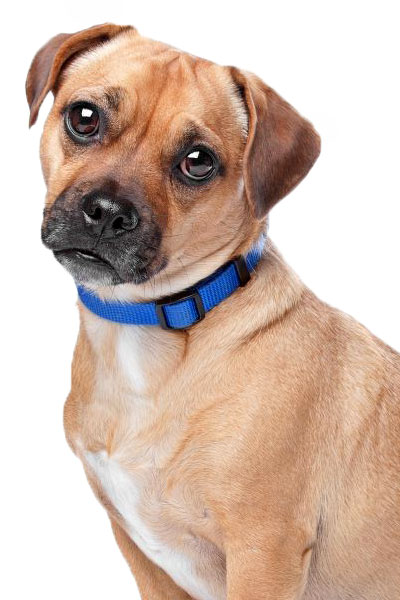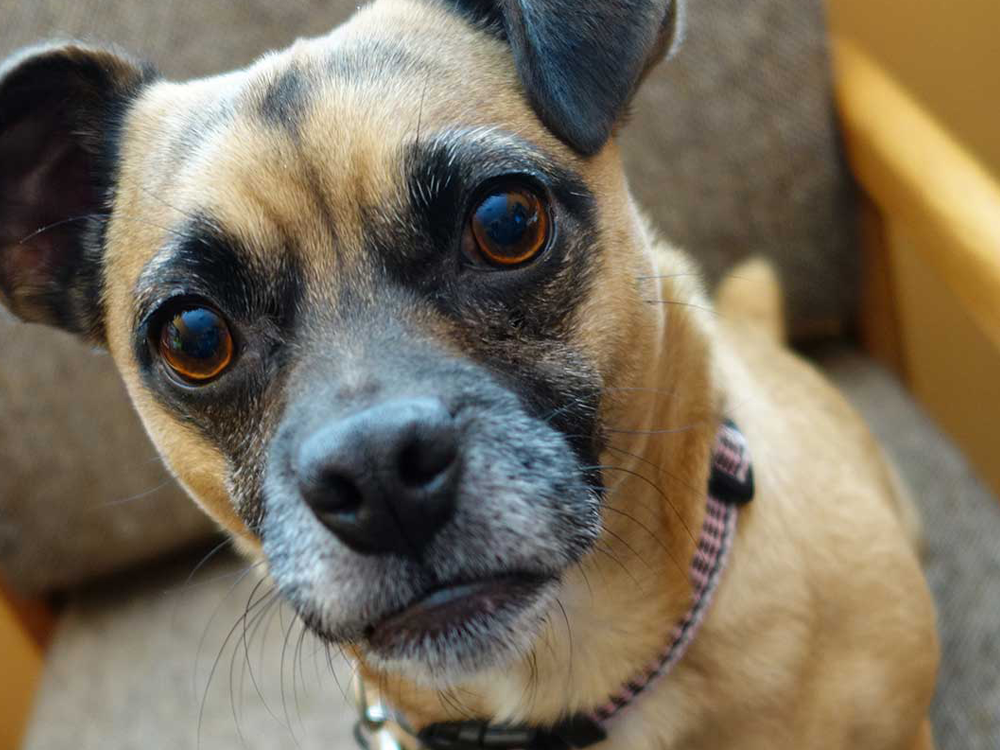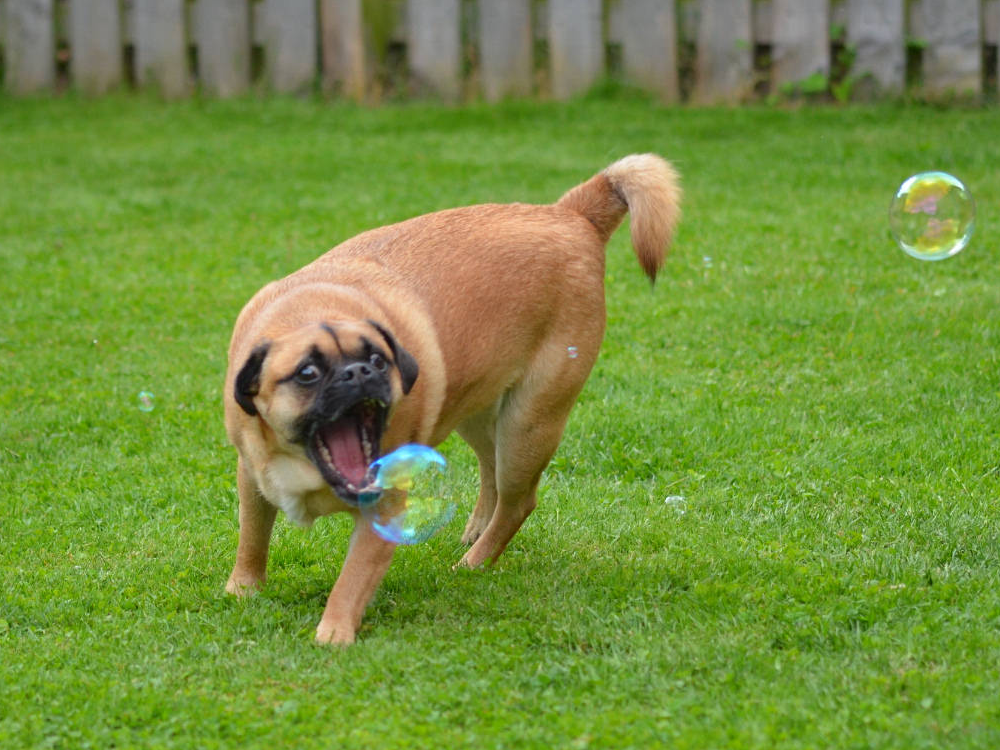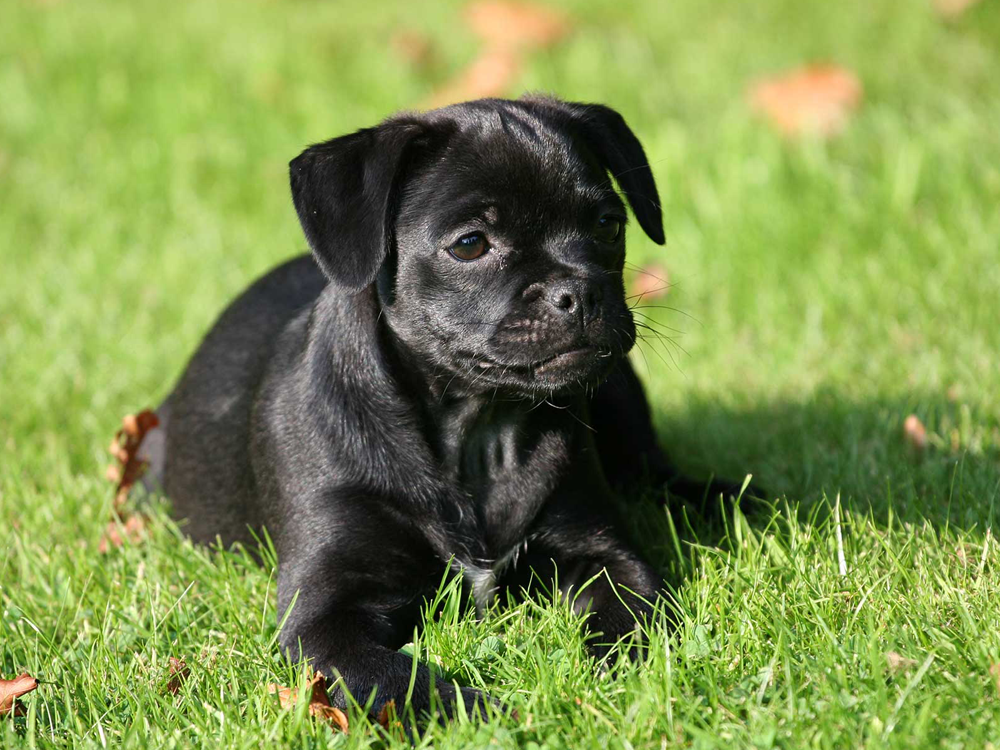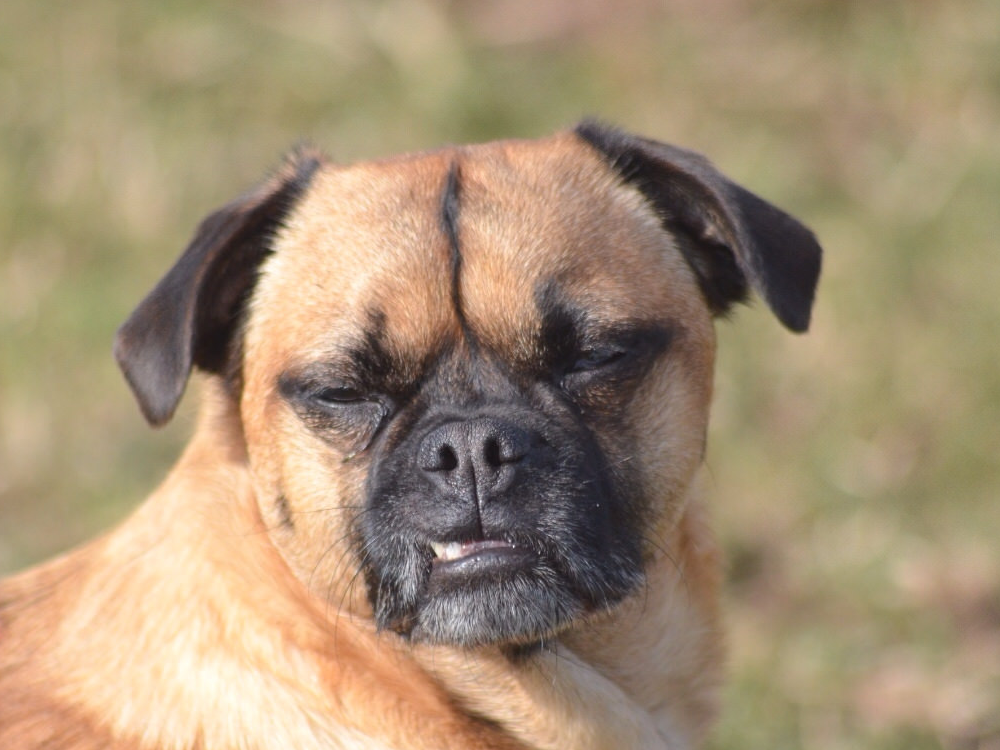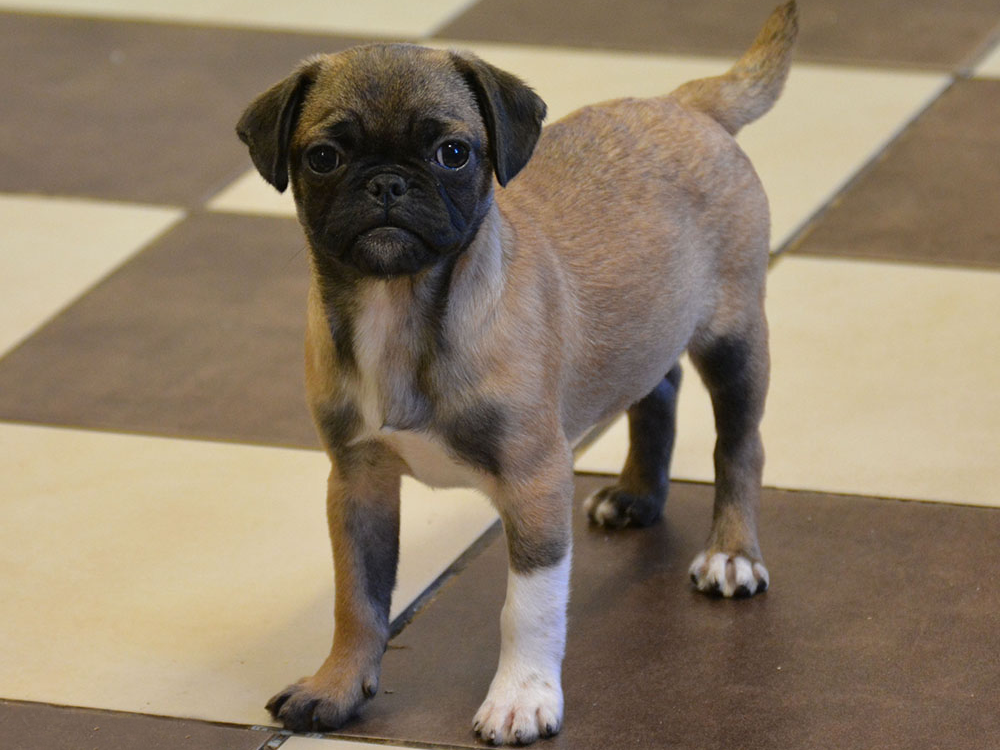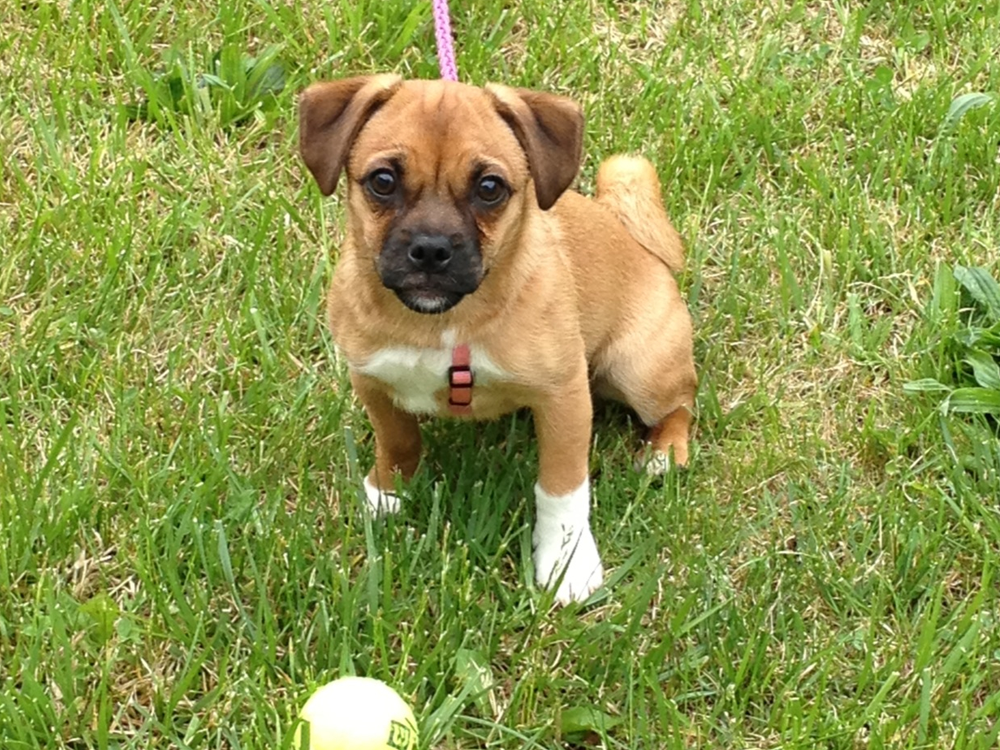
Jug Breed Pictures
Vital Breed Stats
| Height: | 30 - 38 cm M | 28 - 35 cm F |
| Weight: | 6 - 9 kg M | 6 - 8 kg F |
| Breed Group: | Pastoral Dog Group |
| Life Expectancy: | 13 - 15 years |
| KC Registered: | No |
Breed Characteristics
| Size: |  |
| Grooming: |  |
| Exercise Level: |  |
| Trainability: |  |
| Barking Level: |  |
| Good with Children: |  |
| Good with other pets: |  |
| Affectionate: |  |
| Protective: |  |
| Cost to Keep: |  |
Give a thumbs up if you love the Jug

0
More About the Breed
History
The Jug is relatively a new breed, adding to the growing list of hybrid dogs. While its parent breeds the Jack Russell Terrier and the Pug have been around since the 19th century and 400 BC, respectively, the Pug is believed to have been first bred in the USA in the 1960s. It is known in different names such as the Jack Pug and Pug Russell.
Although the Jug has not gained a full-fledge pedigree status, it has captured the hearts of families all over the world because of its charismatic nature. It is worth mentioning that it is more ideal for families with older children. Enthusiasts established breed clubs in many countries to monitor Jug breeding practices and minimise hereditary and congenital health problems.
Appearance
Like most crossbreeds, Jugs have varying looks because no breed standards have been set. In fact, puppies in the same litter will come in different sizes, colours and overall appearance. It can weigh between 7 and 11 pounds and stand 25 to 36 centimetres. Some can inherit the flat face of the Pug, others will have the longer face of the Jack Russell Terrier, while the rest can have a combination of the two parent breeds.
Since both breeds are small, with the Jack Russell being only slightly bigger than the Pug, you won’t be getting an alarmingly large Jug. Some will have a wrinkly face and others won’t but one thing is common: when the Jug is alert or curious, it usually has an endearing furrow or frown. It can also have a straight or a curly tail.
Jugs have short coats that differ in texture and colour. Some can have smooth, rough/broken coats. The usual colours are black, black and tan, white, brown, caramel, and silver.
Grooming
Temperament
Intelligence
The Jug is an intelligent dog that easily learns new things but its stubborn nature only makes it moderately easy to train. Boundaries must be set from the get-go so it will become obedient. Owners need to be firm and consistent because it will test limits when it feels like it even in a fun-loving manner. Enough exercise will also make it more docile. It can be a good apartment dog as long as there is access to a fenced yard.
When well socialised, the Jug gets on with everyone including kids but this breed is more suitable for families with older children because it tends to be boisterous. This being said, adults should always supervise all interactions to avoid untoward incidents. It gets along with other pets it grew up with but tends to be aggressive with other dogs of the same gender.
Nutrition
- Senior and less active: up to 420 calories daily
- Typical adults: up to 480 calories daily
- Physically active/working dogs: up to 530 calories daily
Feeding
Health
Exercise
Cost of Ownership
Regardless of the breed, all pet dogs deserve the best care. Responsible ownership entails financial obligations and raising dogs is in no way cheap. Even though it is not registered with The Kennel Club, buying a well-bred Jug in the UK will cost around £300 to £500.Pet insurance for this breed will set you back £20 to £40 a month for basic and lifetime policies, respectively. It can further go up depending on your location and the premium you choose.
To make it comfortable, you will have to buy basic dog equipment such as bed, leash, collar, bowls, toys, and others, which will be around £200. High quality food for this small dog will be around £30 a month. Another expense that will be quite pricey yet should not be evaded is veterinary care consisting of routine check-ups, vaccination, worming/flea treatments, and others. This will set you back £800 a year.
Jug Breed Highlights
- The Jug is a courageous, alert and loyal hybrid dog.
- It is a great watchdog and guard dog.
- It has low grooming and exercise needs.
- With regard to children, it is better off to a family with older kids.
- The breed is intelligent but tends to be stubborn.
- It is not recognised by The Kennel Club.
